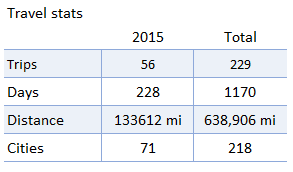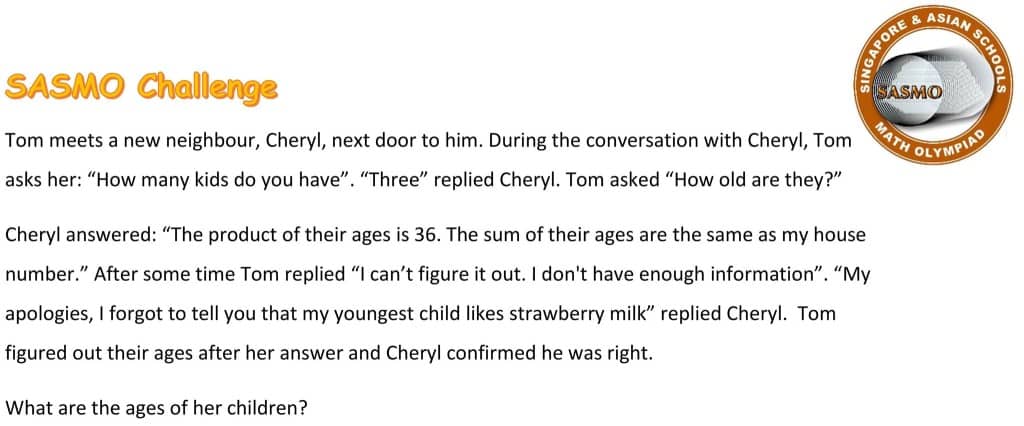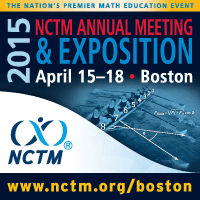 I don’t know about you, but 2015 has come and gone in a flash. Exciting things are happening here in 2016 as this company grows and adds some fabulous training and coaching consultants. But you’ll have to wait to hear about 2016…
I don’t know about you, but 2015 has come and gone in a flash. Exciting things are happening here in 2016 as this company grows and adds some fabulous training and coaching consultants. But you’ll have to wait to hear about 2016…
First, it’s important to take stock and reflect on the past year, both personally and professionally. (Past Giving Thanks reflections are here: 2014, 2013, 2012 and 2011)
As I enter my ninth year as a Singapore Math® trainer, consultant, and coach, I am still humbled by the wonderful opportunities that continue to come my way.
I say this every year, but it continues to be true: I am so grateful to champion elementary math education and spend time in classrooms with teachers and students. I extend my heartfelt thanks to everyone who has played a part in making the year so special.
 2015 has been my year busiest ever. I’ve spent more than 35 weeks traveling across North American (and to England!) to work with schools and present seminars. I love to travel, especially when the end result is helping teachers making more competent and confident math students. (I could do without the bedbugs, though.)
2015 has been my year busiest ever. I’ve spent more than 35 weeks traveling across North American (and to England!) to work with schools and present seminars. I love to travel, especially when the end result is helping teachers making more competent and confident math students. (I could do without the bedbugs, though.)
2015 Highlights
Again this year, more schools were repeat and long-term clients where my role was that of an advisor and instructional coach. That said, I really loved visiting and working with teachers at 20 schools for the first time. Best of all: schools I’m working with are achieving remarkable results, even on the new Common Core-aligned testing.
Highlights from 2015 include:
- Working with 38 school clients! Among the schools I trained/coached in 2015:
- Madison Country Day School (WI), one of the first schools in the US to adopt Primary Mathematics…way back in 1999. Two MCDS teachers provided my favorite testimonial of 2015 (see below).
- Benchmark School (AZ), another early adopter of Primary Mathematics and, more importantly, the school where I taught until setting out as a trainer in 2008. Thanks! Carole and Bobbie for having me back!
- Working with Consultants of Inspire Maths, Oxford University Press’ Singapore Mathematics program.
- Presenting a total of four sessions at the 2015 Annual Conferences for the National Council of Supervisors of Mathematics and the National Council of Teachers of Mathematics. Thanks to Lauri Susi of Conceptua Math for being a co-presenter on two of these.
- Presenting at the Colorado Council of Math Teachers Annual Conference. What a great group!
- Presenting Singapore Math Workshops for the Bureau of Education of Research (for the seventh consecutive year!)
Meeting my personal “continuing education” goals by attending:
- Annual conferences of NCTM and NCSM (for the 7th consecutive year)
- SDE’s National Conference on Singapore Math Strategies (for the third consecutive year)
Special Thanks
My sincere thanks to administrators, teachers and support staff at all of the schools I worked with in 2015. I so appreciate your trust and confidence. My sincere thanks, too, to several other long-time partners and supporters:
- Singapore Math Inc.
- Bureau of Education of Research (BER)
- EAI Education
- Staff Development for Educators (SDE)
Singapore Math Source
Now in its eighth year, SingaporeMathSource.com continues to be an authoritative resource for those seeking information about the curriculum. This year, we added many printable games and activities for teachers to use in the classroom. Bookmark the page: Favorite Printable Math Resources as we’re adding materials all the time.
Personal
2015 has been personally gratifying as:
- We spent two weeks visiting my mother, who lives in Diani Beach, Kenya.
- I once again surpassed my goal of reading 50 books in the year, by reading 62 books!
- I continue to serve on the Board of the Middle School Math Institute, a non-profit dedicated to helping students succeed at algebra.
Looking ahead
2016 promises to be even more busy and exciting. I’m looking forward to:
- Continuing work with more than two dozen schools that have retained me on a long-term basis, as well as many new clients.
- Being a keynote speaker and presenting sessions at a two-day conference at Oxford University in June 2016: Inspire Maths International Forum: Raising the bar! Implications for UK practice in using the Singapore approach to raise standards of teaching and learning in primary mathematics.
- Hiring exceptional teachers/consultants/coaches in order to meet growing demand for services from schools looking to improve their teacher content knowledge and pedagogy.
- Presenting at the 2016 Annual Conference of NCSM in Oakland;
- Presenting BER workshops for an eighth consecutive year.
- Attending the 13th International Congress on Mathematical Education in Hamburg, Germany (fingers-crossed for this one), annual conferences of NCTM and NCSM, and the 2016 National Conference on Singapore Math Strategies presented by SDE.
- Sharing news about the successes achieved by some of the schools I’m working with — please let me know if you want to be a part of this series.
- Opportunities that are, as yet, unknown.I can’t wait to see what is ahead!
Once again, my sincerest thanks to clients, colleagues, and partners for making 2015 such a wonderful year. If I may be of service at any time, don’t hesitate to get in touch with me.
As passionate as ever about Singapore Mathematics.
-Cassy




 For 2015, I submitted similar proposals to both NCTM and NCTM…and BOTH were accepted. Woot! And good news, my co presenter will be Lauri Susi of
For 2015, I submitted similar proposals to both NCTM and NCTM…and BOTH were accepted. Woot! And good news, my co presenter will be Lauri Susi of 
 2015 NCSM Annual Conference – April 13-15, 2015
2015 NCSM Annual Conference – April 13-15, 2015




















